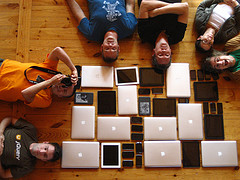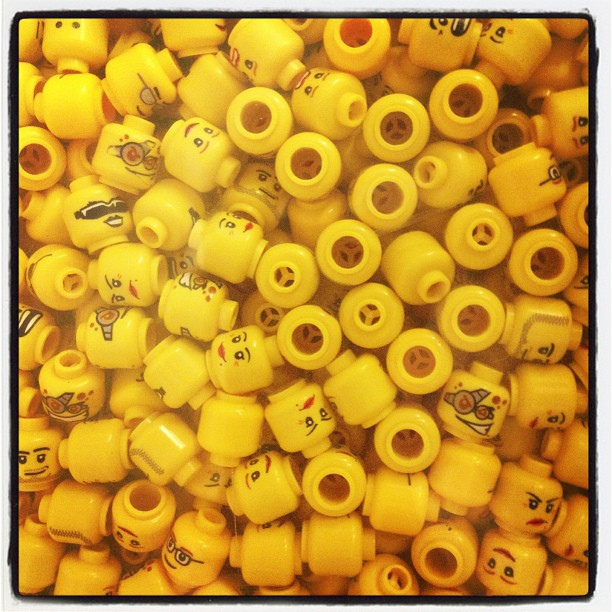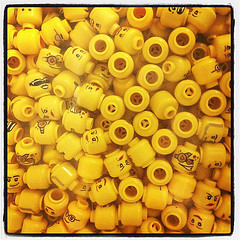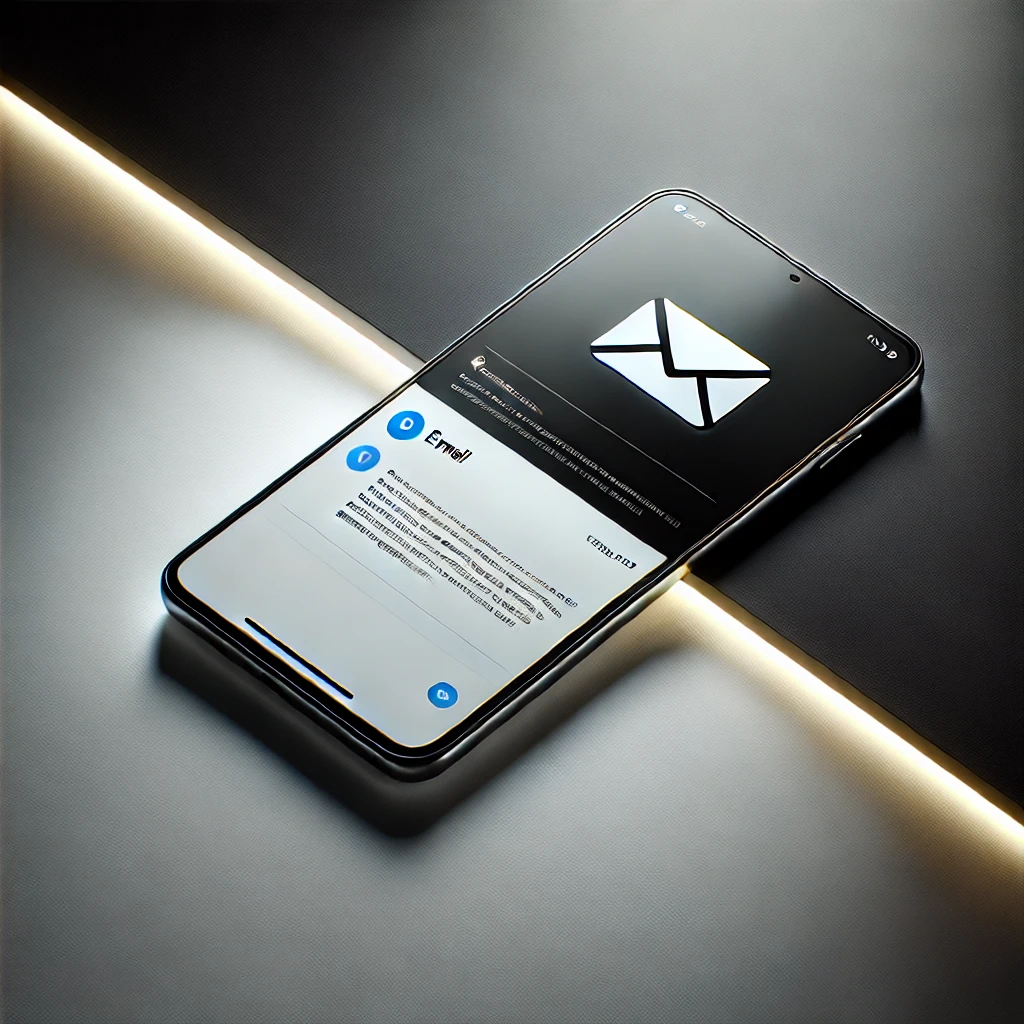The rise of technology and the internet led the online ecommerce industry from being nonexistent to being an astoundingly lucrative market growing at a very rapid pace. Digital Production Agency said that From the search engine boom to the current advent of on-demand marketing, we’ve seen technologies that changed the way banner ads and marketing in general communicate with their audiences. But which ones had the most impact? Which technologies left an indelible, incredible difference that changed banner ads forever?
Social Media
Social media is nearly a no-brainer in this. Since the advent of social media it has gone on to impact nearly everything we do on the web – rich media banner ads notwithstanding. While we aren’t exactly seeing a lot of rich media banner ads on social networks (yet), they have become prime platforms for simple banner ads, expanding the reach of display advertising. Perhaps more exciting from a rich media viewpoint is how we can incorporate social media in the Effective Ads themselves. Through creative inclusion of social sharing within rich media creatives, we encourage in-medium engagement and transform the ad from a sales pitch to a truly engaging and personal experience for the target audiences.
Real-Time Bidding
RTB might not be the most meaningful technology cited in this list (we might want to relegate that claim for social media or even mobile), it is probably the most staggeringly drastic. The sheer amount of data needed to pull off RTB is immense – from the time a web user steps into a webpage to the moment the automatic bidding starts to the final step of figuring out which ad gets served where – RTB is simply unique in its breadth and depth. The most impressive (and convenient) feature of RTB for banner ads is quick and easy target user profiling, ad-matching, and deployment. But just like any other technology, RTB has its downsides, particularly when it comes to premium ad inventory that companies might want to have their sales teams actually take a look at before serving.
Mobile

Mobile devices
Mobile devices like tablets and smartphones are personal portals into the web, and therefore personal platforms where users can be engaged with through meaningful banner ads. Better yet, a recent study notes that rich media is much more effective in engaging mobile users, creating better interactions compared to standard banners. Standard display banners, while still widely used, are consistently being employed alongside animated and interactive banners all over the web, and the personalized, interactive formats of banner creatives will undoubtedly continue to strike a chord with the millions of mobile device users already actively engaging in ecommerce.
Retargeting
With analytics data that ranges from performance, predictive, and behavioral information, the online marketing industry soon saw the emergence of retargeting – a very welcome development even for the consumers. Now, more than ever, ads can be delivered to the people who actually want to see them. The simple addition of highly likely relevance of an ad to a user’s interests based on his or her demographics, history of web use, and browsing behavior makes the marketing experience less interruptive and more customized and personal, transforming it into a sort of pre customer experience more than a sales demo. Marketers get better results and consumers get better Dynamic Ads.
Dynamic Creative Optimization
We’ve talked about DCO for direct response and DCO for branding before, and from these posts alone it’s simple to see why DCO is such a game-changing technology for banner ads. Through DCO, you can have a single marketing message transformed into the most effective ad, delivered to the most receptive target audience. Combined with retargeting, DCO can drive audiences deeper into sales funnel, spread brand awareness and promote social discussion, or both at the same time. Few other technologies can match the potential of DCO when it comes to ad delivery – it’s a bull’s eye hit each and every time when DCO is used appropriately.
High impact ad formats
Spearheaded by the Interactive Advertising Bureau (IAB), rich media creative ad formats vary widely in terms of both types of Dynamic Ads, dimensions, and interactive features. From expanding banner ads to interactive video, the breadth of ad formats that banner ads now come in give display advertising a much needed edge that can come in handy when fighting banner blindness, a very real threat to effective advertising (check our best practices to pass the blink-test). The varied ad formats go beyond that, however, and incorporates marketing best practices such as permission-based marketing and audience engagement to truly set rich media apart from the rest of the industry. While the IAB is constantly trying to standardize formats, the growth of the exciting niche is very promising.
Big Data
Big Data is only in its infancy, but even now, in its early stages, it is simply intimidating. Applied to banner ads and rich media, the structured and unstructured information in Big Data can take RTB and retargeting (among other things) several steps further through the exploration of its four dimensions: volume, velocity, variety, and veracity. Ridiculously large amounts of accurately confirmed data fed in real time can make marketing through banner ads and rich media less of a hit-or-miss approach and more of a find-and-deliver system with 99% efficiency. This means that nearly each and every ad will yield the desired action from the target. Scary stuff, which is why Big Data – albeit still unmanageable as of yet – probably takes the crown as the most incredible technology that changed (or will change) banner ads.
These seven might just be the start of a grander evolution of banner ads that we might see splash into more avant-garde realms such as augmented reality. The future of rich media creatives and banner ads is roiling with potential. In a few more years, we’ll see what other technologies will change banner ads forever.
About the writer:
 Amir Dori has more than 10 years of vast experience in creating, developing, designing and producing creative products and marketing materials for the online advertising industry. His experience includes all creative formats for rich media, web, mobile applications and tv.
Amir Dori has more than 10 years of vast experience in creating, developing, designing and producing creative products and marketing materials for the online advertising industry. His experience includes all creative formats for rich media, web, mobile applications and tv.









